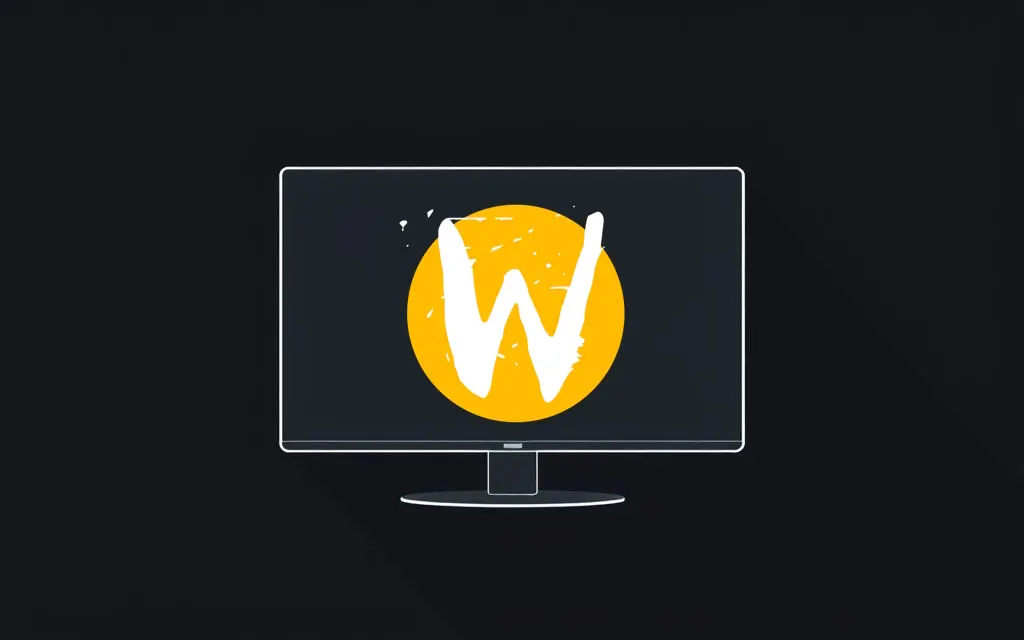Why Wayland? A Modern Approach to Linux Displays
If you’ve been using Linux for a while, you’ve probably heard of Xorg, the decades-old display server that’s powered desktop environments forever. But there’s a new kid on the block: Wayland.
Designed to be simpler, faster, and more secure, Wayland ditches Xorg’s legacy code for a protocol that directly communicates between apps and your compositor (the software that draws your windows).
No more screen tearing, better security against malicious apps, and smoother performance—especially for modern hardware. But how do you get started with it on Arch Linux?
Let’s break it down step by step, from installation to choosing the right tools for your workflow.
Getting Started: Installing Wayland and Dependencies
First things first: Wayland isn’t a single package. It’s a protocol, so you’ll need a compositor that implements it. Arch’s repositories make this easy. Update your system and install core packages:
sudo pacman -Syu
sudo pacman -S wayland xorg-xwayland mesa
Wait, why install Xorg stuff if we’re switching to Wayland? Many apps still rely on X11, so Xwayland acts as a bridge. More on that later.
For GPU drivers, Mesa covers Intel/AMD. Nvidia users need nvidia-dkms and nvidia-utils (check the “Video Drivers” section below).
Setting Up Your Wayland Environment: Compositors and Tiling
Your compositor is your new desktop environment. Popular choices include:
For tiling enthusiasts, River or Waymonad offer dynamic layouts. Config files live in ~/.config/[compositor-name]. Start Sway with:
sway
Essential Tools: Display Managers and Xwayland
Prefer a graphical login? Use a Wayland-compatible display manager like SDDM or GDM. For SDDM:
sudo pacman -S sddm sddm-wayland
sudo systemctl enable sddm
Understanding Xwayland
Xwayland ensures legacy X11 apps (like Firefox or Discord) still work. It’s installed by default with xorg-xwayland, but check if your compositor enables it automatically. If an app glitches, launch it with:
GDK_BACKEND=x11 [app-name]
Is Wayland Ready for Prime Time? Final Thoughts
Wayland’s future is bright, but it’s not without quirks. While gaming and everyday apps work smoothly, niche tools (like some screen recorders) might lag. Nvidia users, though better supported now, should brace for occasional hiccups.
Yet, the benefits—security, performance, modern features—are undeniable. Start with a compositor like Sway or KWin, keep Xwayland as a safety net, and enjoy a cleaner, faster desktop.
The transition might take a weekend, but once you’re past the config files, you’ll wonder how you tolerated Xorg’s baggage for so long. Welcome to the future!

Comments are closed.